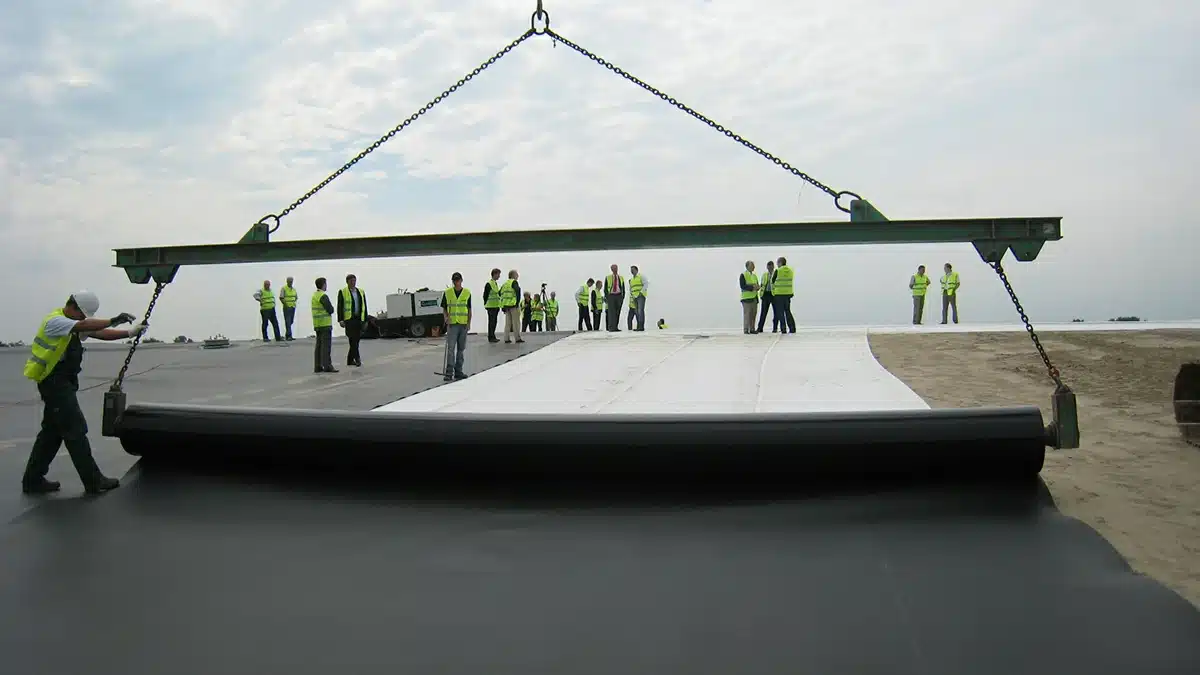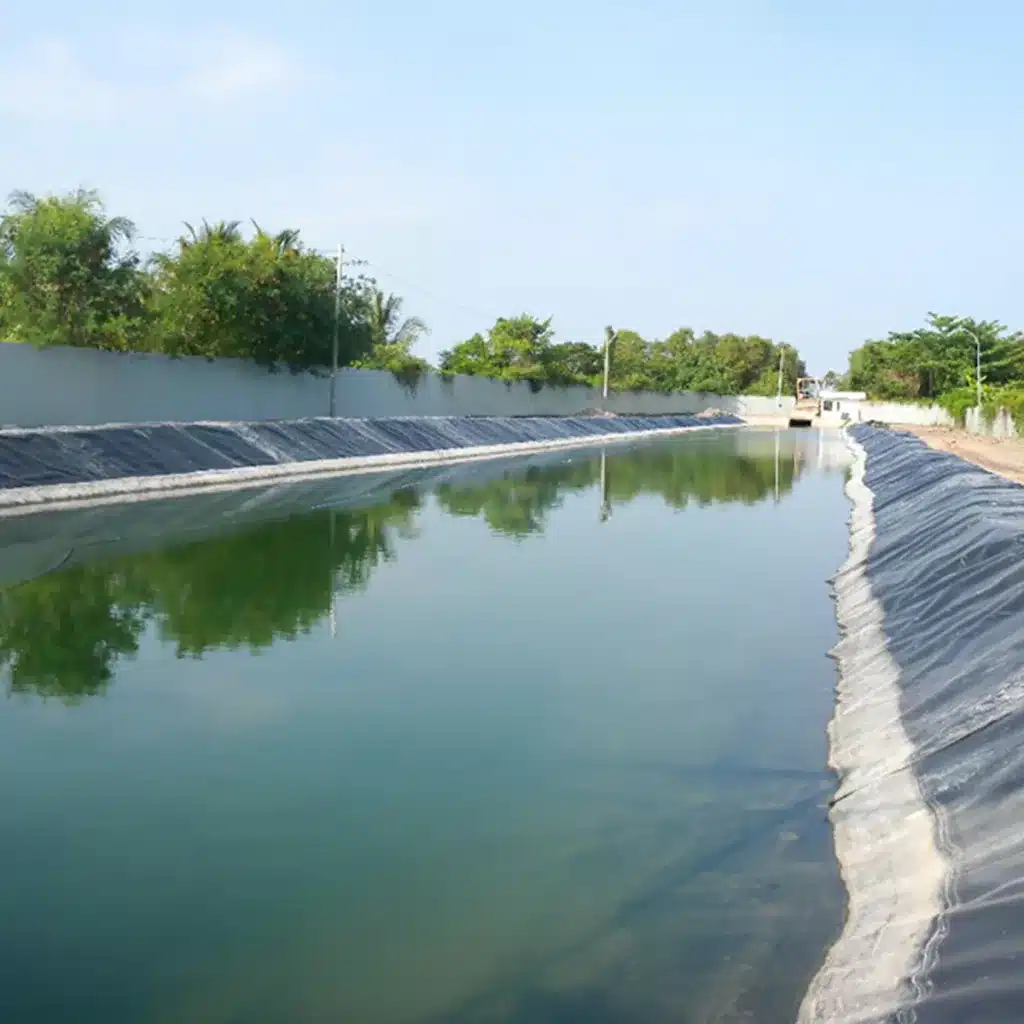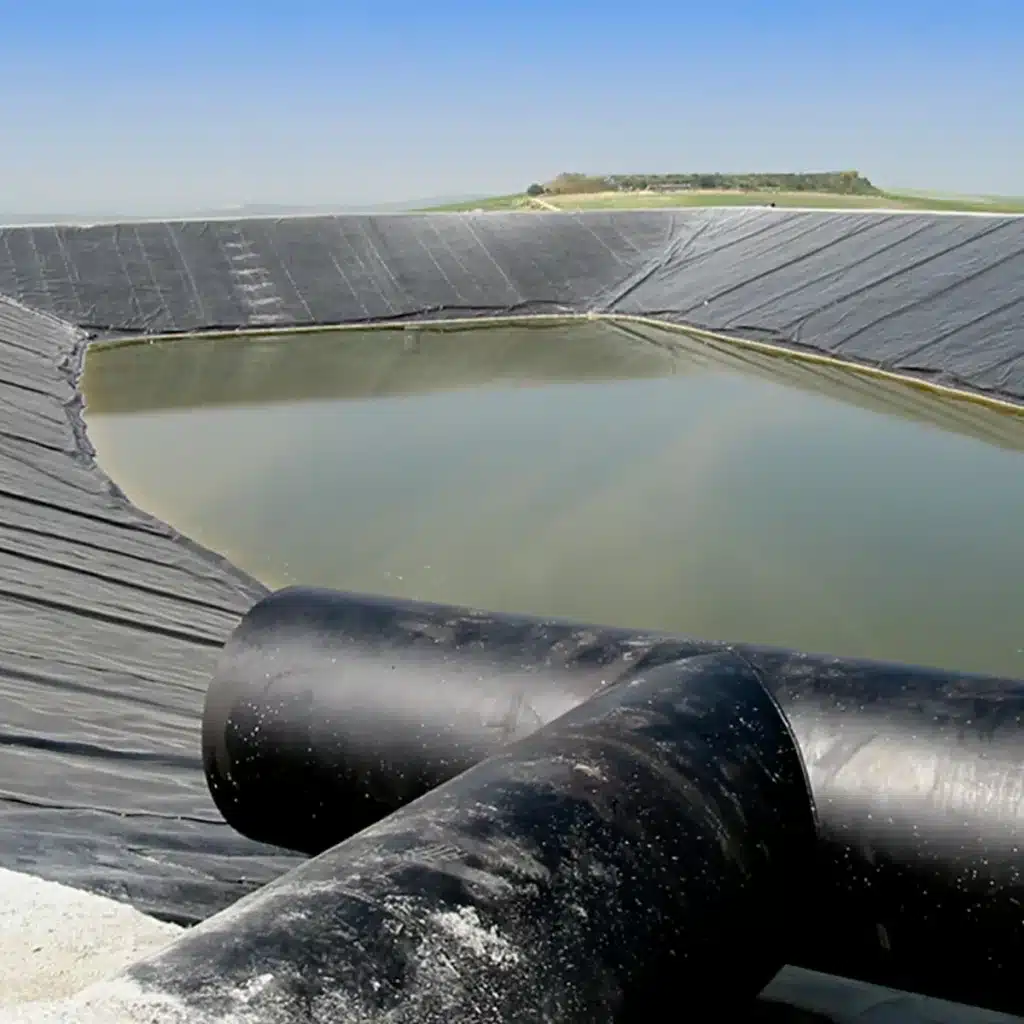Geomembrane for Watertight Solutions: The Key to Effective Containment
Geomembranes are synthetic materials widely used in various industries for watertight and durable containment solutions. These impermeable liners play a crucial role in environmental protection, waste management, and construction projects. This article explores the properties of geomembranes, their applications, and their differences from other containment technologies, such as geosynthetic clay liners (GCL). Read on to understand how geomembranes work, their service life, and why they are essential for projects requiring reliable waterproof barriers.
Is geomembrane waterproof?
Yes, geomembranes are specifically designed to be waterproof. Their primary function is to act as a barrier to liquids, preventing water or other fluids from passing through. This makes them an excellent choice for creating *a waterproof barrier in hydraulic works*, ensuring the containment of water in dams, canals, and other water management systems. Made from materials like high-density polyethylene (HDPE), polyvinyl chloride (PVC), or ethylene propylene diene monomer (EPDM), geomembranes provide high resistance to water, chemicals, and environmental stresses. These properties make them ideal for applications like lining ponds, landfills, reservoirs, and wastewater treatment plants where watertight solutions are critical.

What is the purpose of the geomembrane liner?
The purpose of a geomembrane liner is to contain and control the movement of fluids, providing an impermeable barrier in various settings to control fluid migration in a manmade project, structure, or system. Geomembrane liners are commonly used in landfills to prevent leachate from contaminating groundwater, in mining to prevent toxic materials from seeping into the environment, and in agricultural and water storage applications to retain water in reservoirs or canals. The liner ensures that liquids do not escape or infiltrate areas where they could cause environmental harm or operational inefficiency.
What is the difference between GCL and geomembrane?
The main difference between a geosynthetic clay liner (GCL) and a geomembrane lies in their composition and performance. Geosynthetic clay liners (GCLs) are made of a thin layer of bentonite clay between two layers of nonwoven geotextiles, relying on the clay’s natural swelling properties to form a watertight barrier. While effective, GCLs may allow minimal seepage under certain conditions. In contrast, geomembranes are entirely synthetic and designed to be fully impermeable, offering superior containment for highly demanding applications. Geomembranes also have a higher resistance to punctures and chemicals compared to GCLs.
What is the service life of geomembranes?
The service life of geomembranes depends on several factors, including the material used, the environmental conditions, and the quality of installation. In general, geomembranes can last between 20 to 50 years or more. HDPE geomembranes, for example, are known for their durability and chemical resistance, often lasting up to 50 years in harsh conditions. Proper installation, including avoiding punctures and ensuring UV protection, significantly extends the lifespan of geomembranes. Regular maintenance and inspections can also help maximize their longevity.
Geomembranes are essential components in providing watertight solutions for industries that require secure fluid containment. Their waterproof nature, durability, and resistance to environmental stresses make them indispensable for applications such as landfills, reservoirs, and mining operations. Understanding the differences between geomembranes and GCLs, along with the factors that influence the service life of geomembranes, helps project managers select the right material for long-term, effective containment.



Comments
Post a Comment